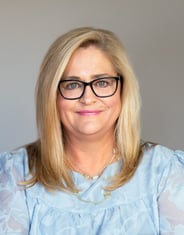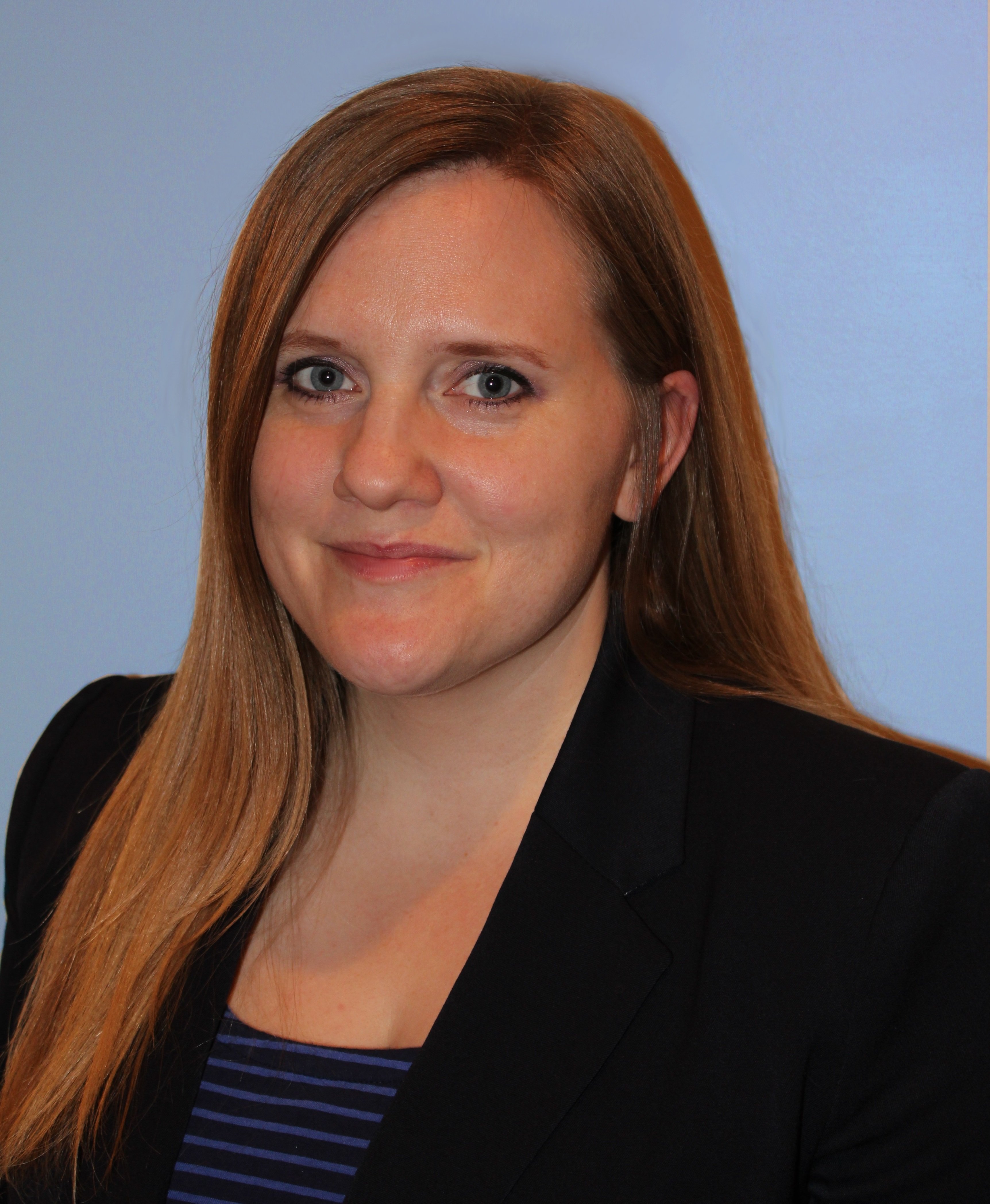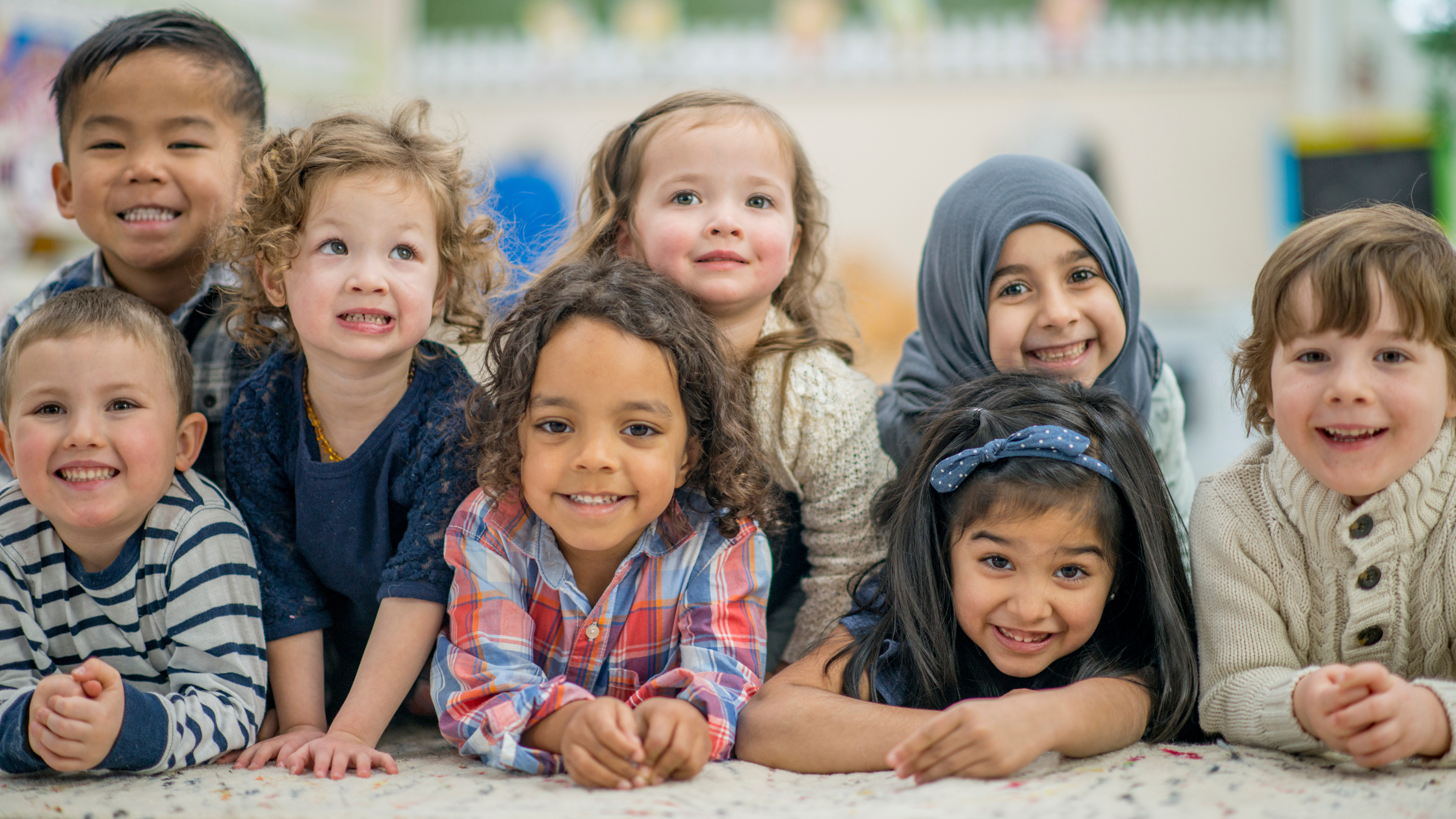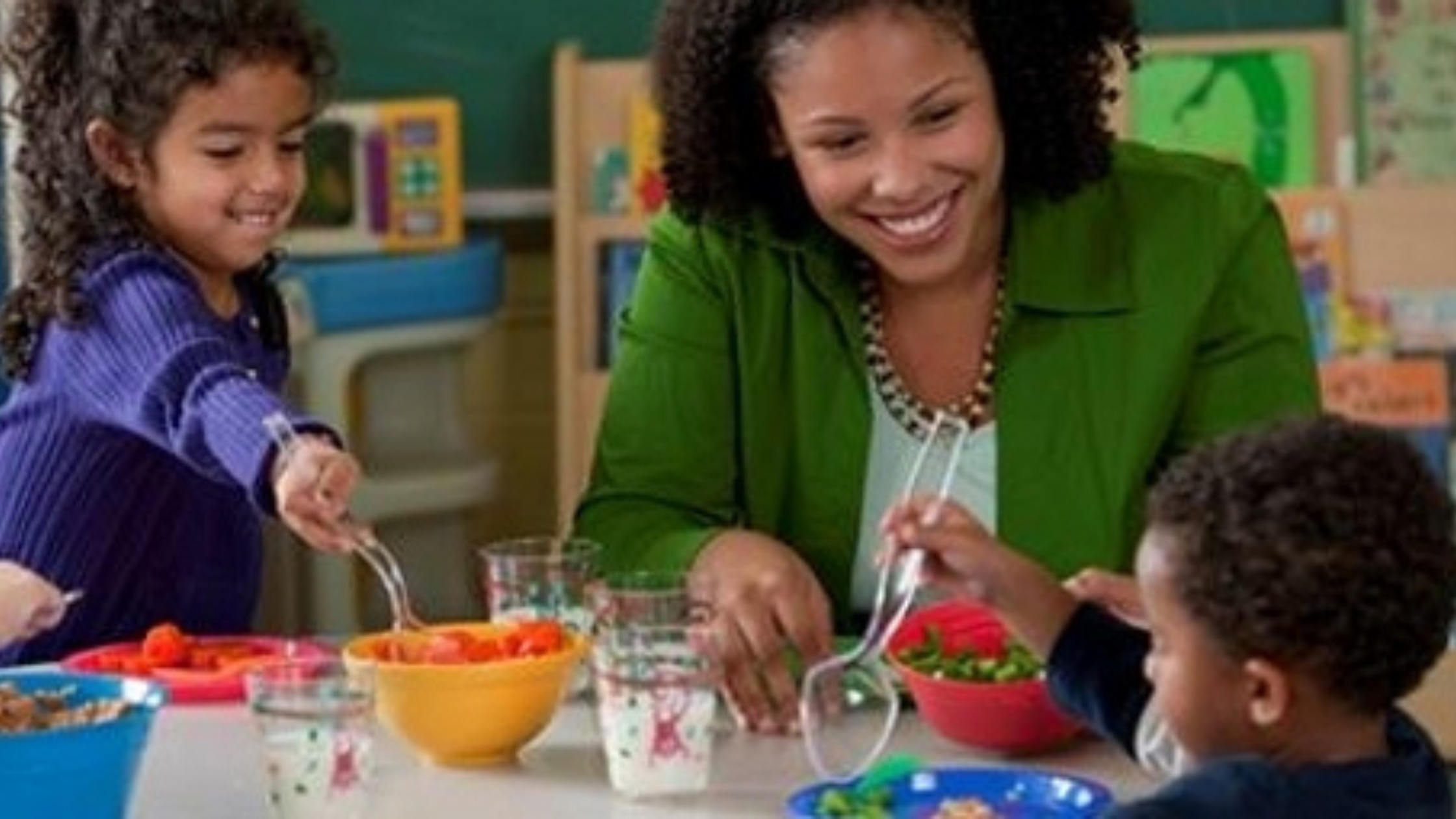
Child Care Aware® of America (CCAoA) invited Sally Ray, Director of Domestic Funds for the Center for Disaster Philanthropy (CDP), to talk with us as we delve into the inspiring world of philanthropy and its transformative impact on child care.
A Conversation with Sally Ray
CCAoA: Can you share a bit about your own journey and what inspires you in your role at the CDP?
Ray: Throughout my career, I have held leadership positions at several nonprofit organizations in higher education and social services. My “disaster journey” started when I joined the American Red Cross as the Chief Development Officer for the Central and Western Oklahoma Region. That’s where I learned about the systemic inequities that affect people’s ability to recover from disasters.
I moved to the philanthropic side as a program officer with the Oklahoma City Community Foundation, where I managed much of the foundation’s disaster portfolio, focused primarily on supporting the long-term health and mental health of disaster survivors. Though I had been familiar with CDP before this, while at the community foundation I was part of a cohort of 20 community foundations throughout the region learning about local funder roles in disasters. The CDP team facilitated these cohort learnings.
Fate seemed to play a role in the next step in my life as my husband and I moved to Houston [Texas] ten days before Hurricane Harvey made landfall. Though we had little damage from the storm, we watched as our neighbors struggled. I reached out to my colleagues at CDP, offering to help connect them to local organizations, and I ended up as the Director of the Hurricane Harvey Recovery Fund. I’ve since expanded my portfolio to first include our global COVID-19 Response Fund and now have oversight of multiple U.S.-based pooled disaster funds.
CCAoA: What is something you want other funders and partners to know about the work CDP does within the philanthropic community?
Ray: Everything we do is done with an equity focus. We know that systemic inequities exist across the world and that marginalized populations are always disproportionately affected by disasters with little access to resources for recovery. At CDP, our grantmaking focuses on addressing those inequities and providing access to flexible funding to support recovery and build community resilience.
CCAoA: Why does CDP care about investing in child care? How does it relate to your vision for a world where the impact of disasters is minimized by thoughtful, equitable and responsive recovery for all?
Ray: Access to quality, affordable child care is critical to a safe and resilient community. Without quality child care, parents might not have the opportunity to access the resources they need for recovery. They may not be able to work to support their families. Quality child care provides a safe, healthy opportunity for children to learn and grow and help ease the trauma caused by the hazardous event that caused the disaster.
CCAoA: How do you see CCR&Rs and other child care systems builders at the local level playing a role in shaping the child care system and its responsiveness to disasters?
Ray: CCR&Rs build resiliency within the child care systems. At CDP, we often say that every funder is a disaster funder. If a philanthropic organization funds education, social justice, housing, healthcare or some other issue area, they are mitigating the vulnerabilities in a community. This helps make that community better prepared for a disaster and more likely to recover equitably when it occurs. Just like funders, if CCR&Rs remove the vulnerabilities of the systems, they are better able to recover from any hazard that might affect them. They build a more resilient system and a more resilient community as a whole.
CCAoA: What is a “win” or significant achievement for children and families made possible by the partnership between CDP and CCAoA that you are particularly excited about?
Ray: We funded CCAoA through CDPs COVID-19 Response Fund because we knew that access to quality, affordable child care would be critical to parents and families as the world began to open back up following the social isolation of the pandemic. I was so pleased to see the building of peer networks and access to information, education and training provided through this grant to local CCR&Rs and child care programs. Based on our long-term relationship with CCAoA, we trusted their expertise to know what was most needed to support these systems during this difficult time. Most importantly, though, the work this grant funded lives on beyond the pandemic, providing continued support to build capacity within local child care systems to make quality child care more accessible and equitable for all families. It’s a win when funding goes above and beyond and helps truly make systemic changes.
Philanthropic Partnerships
The CDP recognizes the essential role child care plays in community resiliency, an area closely linked to its mission to mobilize philanthropy in support of the equitable recovery of disaster-affected communities worldwide. We learned from Ray’s insights how support from strategic partners and funders fuels real change for our nation’s children and families.
CCAoA and CDP share a common goal of promoting community resilience and equity. During the post-pandemic reopening phase, CDP recognized the crucial need for quality, affordable child care for parents and families and funded CCAoA through its COVID-19 Response Fund. Grant funding enabled CCAoA to support the long-term pandemic recovery of child care providers and the families they serve by building capacity within Child Care Resource & Referral agencies (CCR&Rs) and other community-based partners to address child care providers’ most pressing economic, mental health and disaster response challenges. The collaboration between CCAoA and CDP has had a lasting impact, not only addressing immediate challenges but also laying the groundwork for long-term capacity building within the child care sector. This partnership shows how coming together can make a real difference in tackling important issues and building strong, resilient communities.






